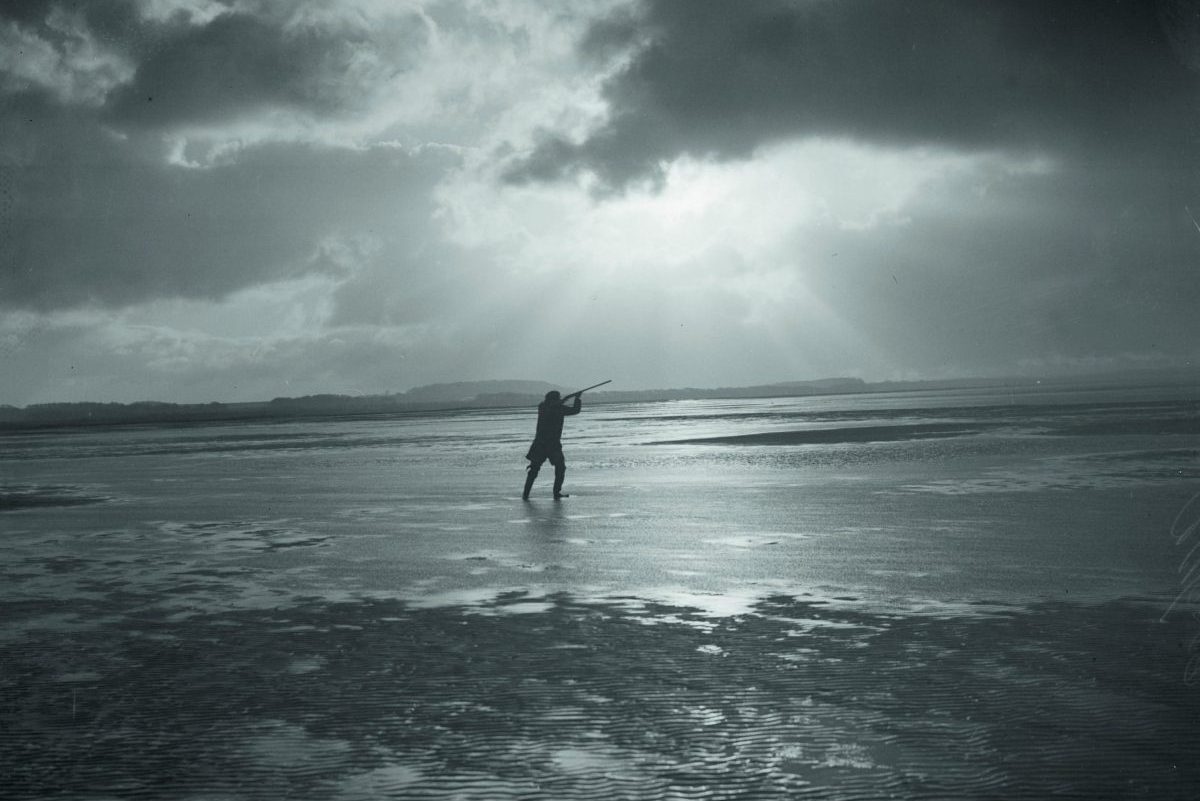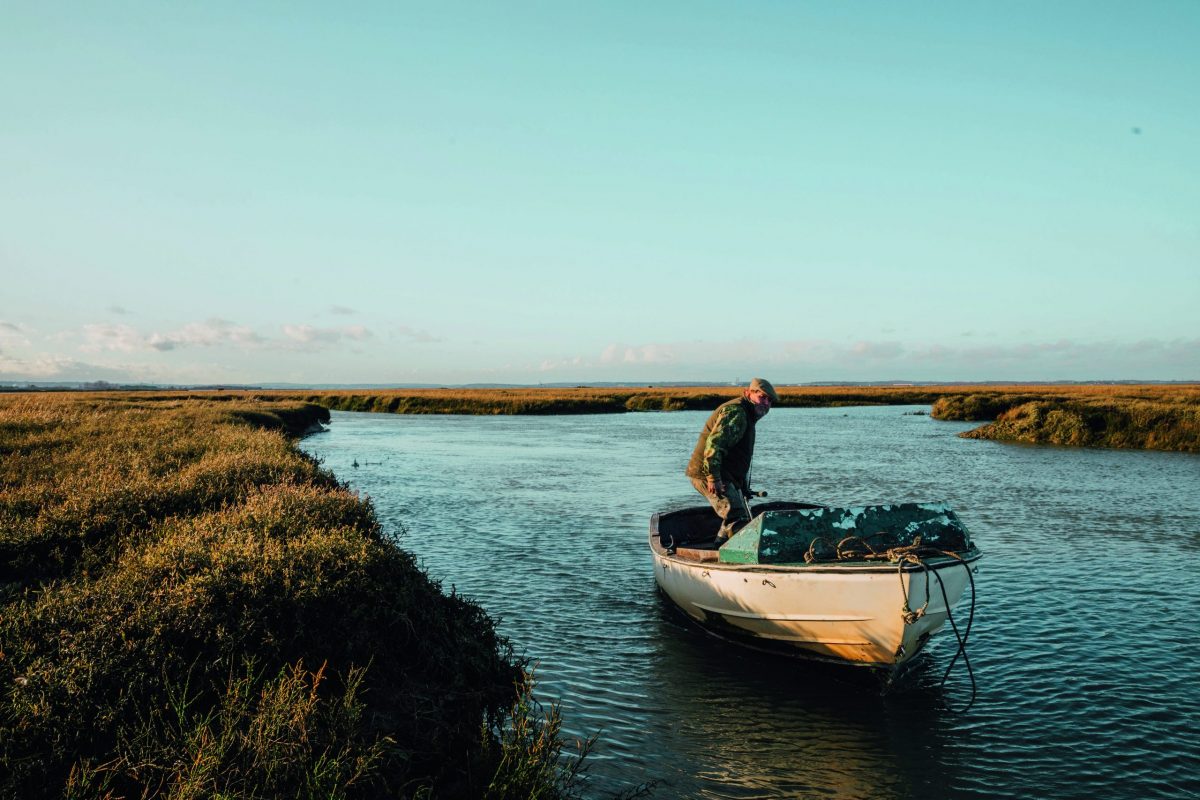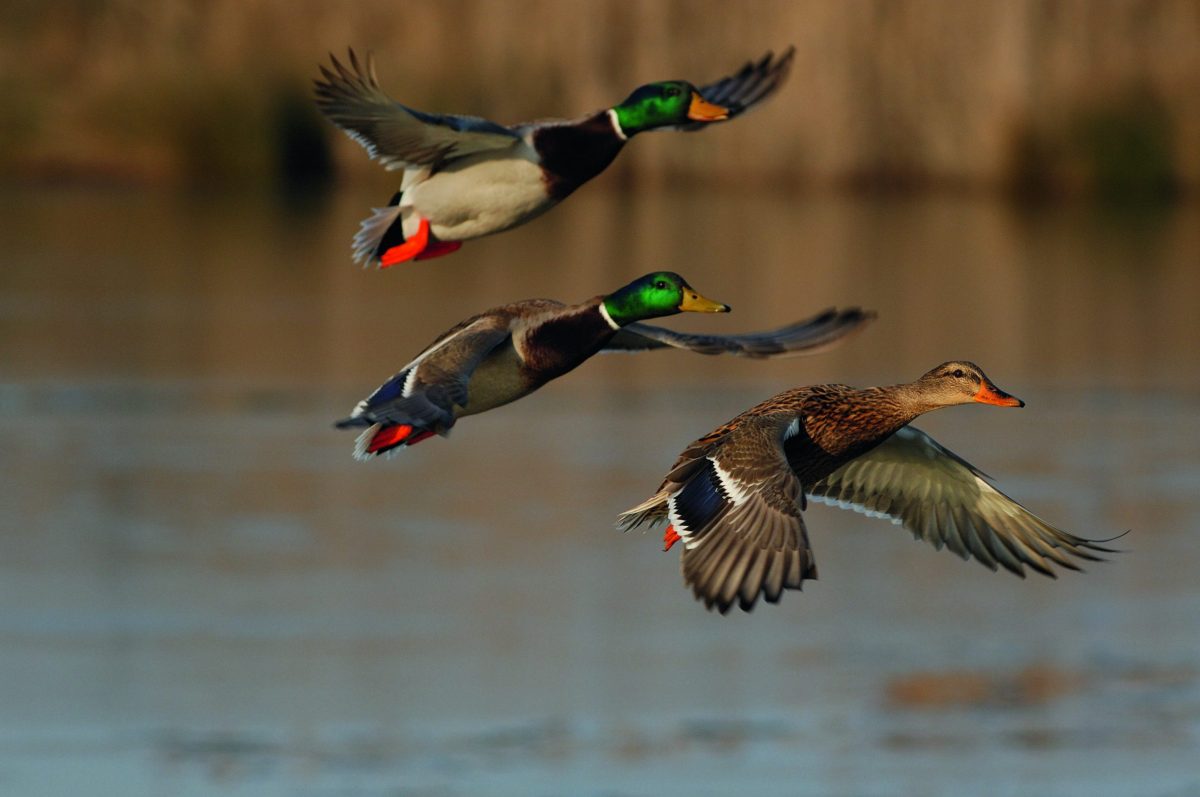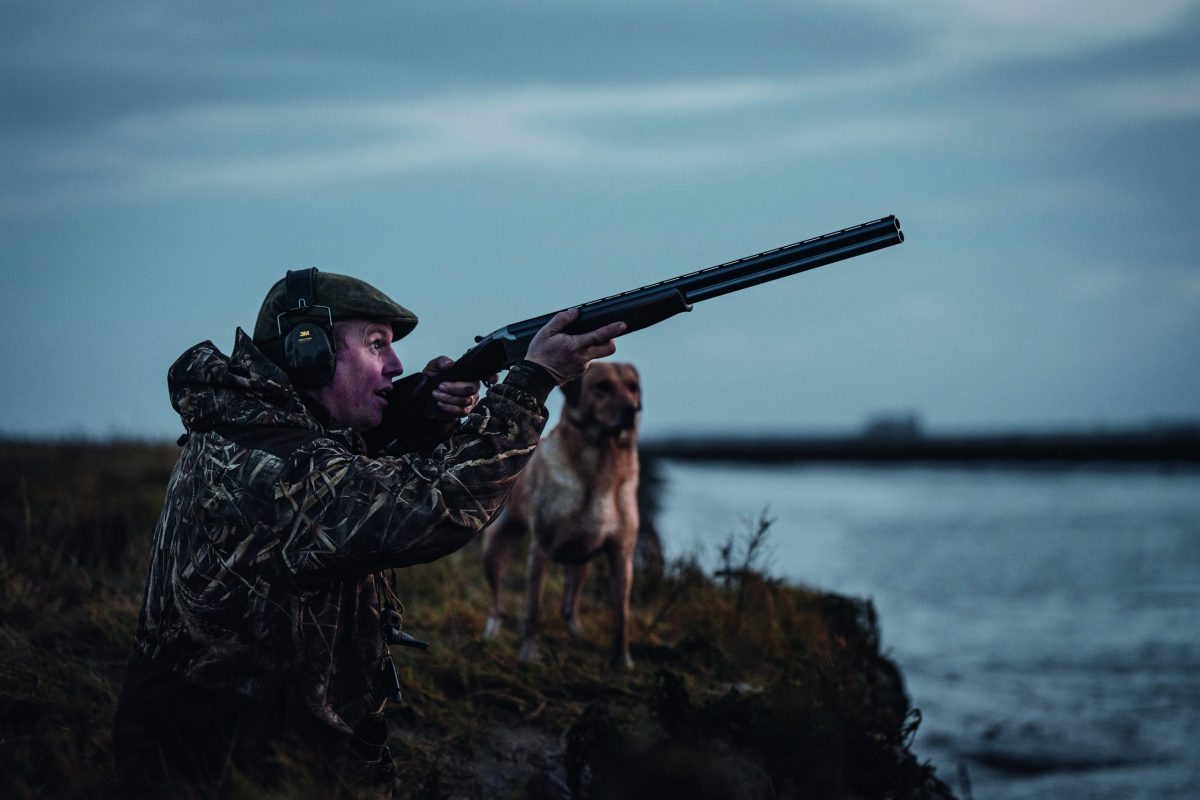Who are the greatest wildfowlers in British history?
Graham Downing takes a look at some of the influential figures who deserve their place in fowling’s hall of fame as the greatest wildfowlers

Name Britain’s five greatest wildfowlers. Now there’s a challenge, for there have over the history of the sport been countless innovators, plenty who have worked tirelessly for fowling’s future at both local and national level, many who have inspired and brought wildfowling to new audiences and quite simply those who have perfected their own skills over a lifetime as supremely competent duck hunters.
I have known individuals in all these categories, but to reach across the breadth of wildfowling’s history — and to spare the blushes of those still around today — I propose to nominate four who will be well known to most readers and one who will probably not.
Wildfowling had its origins among ordinary folk, local people who made their homes among fen and marsh or alongside firth or estuary. For most of human existence, these folk were largely unlettered and left barely a trace of their lives or activities. During medieval times, wildfowling was a means of putting food on the table and filling empty bellies. But even after the proliferation of firearms that followed the English Civil War and the introduction of shooting as a means of taking game, we can divine little about wildfowling’s participants from the early sporting writers. It was not to be until the 19th century that the first of wildfowling’s greats strode on to the scene.
Colonel Peter Hawker was a career soldier from a long line of career soldiers. He served under the Duke of Wellington in the Peninsular campaign and was severely wounded in the thigh at Talavera in 1809, an injury that afflicted him for many years. He retired from the Army in 1813 and the following year he privately published Instructions to Young Sportsmen.

Colonel Peter Hawker’s diaries record 4,488 wildfowl shot over a 51-year career on the foreshore
This towering work ran to many more editions and reprints, spanning that remarkable period that saw the transition from flint to percussion ignition. Hawker continued to advocate the former, but the mighty double punt-gun that he designed and had built, which today resides in BASC’s headquarters at Marford Mill, has one barrel fired by flint and the other by percussion. This was to reduce recoil and, in Hawker’s own words, to ensure that “at the moment when one part of the birds are being killed by the detonator, the others are just conveniently opening their wings for the flint barrel”, thus ensuring a doubly effective execution.
And execution he most certainly achieved. Hawker’s diaries record 4,488 wildfowl shot between 1802 and 1853. He was bombastic, utterly self-assured and scornful of the shore-shooters along his favourite stretch of the Hampshire coastline who had the nerve to “spit off a popgun at some tomtit or lark on the shore” just as he was drawing in range of a fine sitting of swans.
But there was one thing that Hawker most certainly achieved: he showed how wildfowling, hitherto a subsistence occupation for the common man, could become a sport for gentlemen.

Hawker published Instructions to Young Sportsmen in 1814, with further editions following on
Exuberant
If Hawker opened the door to wildfowling, then Lewis Clement was the one who encouraged budding sportsmen to step through it. A racy and exuberant writer on wildfowling matters, he was the author of Modern Wildfowling (1880) and Public Shooting Quarters (1881). The former set the scene for wildfowling practice and technique with both shoulder gun and punt-gun, but the latter identified all those places around the coast where the sportsman could head in the winter months for the purpose of fowling. Thus he explained not only what to do but where to do it.
And if there were practices or techniques unknown to the generality of wildfowlers, then Clement was game to try them. He even used an entire horse skin to make his own stalking horse, with which he claimed to be able to get to within 20 yards of a bunch of curlew — no mean feat. The disadvantage, he admitted, was the “abominable smell”.
For coastal shooting, he advocated the use of boats from which a group of hardy gunners could fire broadsides at nearby fowl both with their shoulder guns or with a swivel gun. He described a handy shooting seat for the wildfowler and he advocated the use of artificial decoys, saying that in the area around Poole Harbour, “capital decoying can be carried out if the weather is very hard”.
However, he stressed that “wooden decoys should always be used, because although they may be broken by the shot, they are readily mended whereas India rubber ones would, indubitably, be torn to shreds and destroyed”. This suggests that Clement was not averse to strafing ducks on the water as a means of filling the bag.
Writing under the name of Wildfowler, Clement did much to raise the popularity of wildfowling in the last two decades of the 19th century. And indeed beyond, for in 1882 he established Wildfowler’s Shooting Times and Kennel News, the weekly publication — then costing just 1d — that was to become our august journal, which has now flourished for more than 140 years. For that achievement alone he deserves a place in the wildfowling hall of fame.

The first issue of Wildfowler’s Shooting Times and Kennel News was published in September 1882
Captivating
Few could deny such a place to Sir Ralph Payne-Gallwey. Born in 1848 and educated at Eton, Payne-Gallwey inherited in 1881 both a baronetcy and the Thirkleby Hall Estate in North Yorkshire. As well as a natural interest in shooting, he had an enquiring mind and a particular fascination with antique siege engines such as catapults and crossbows. But wildfowling occupied an extraordinary amount of his time, and the third series of his Letters to Young Shooters (1896) can claim to be one of the most captivating wildfowling texts ever written.
Payne-Gallwey paid suitable homage to Hawker, editing his diaries and acquiring his historic double punt-gun. But Payne-Gallwey lived at a time when huge strides were being made in gunmaking and firearms technology. He had the resources to explore these new developments, to put them to the test and to bring them before a new generation of sportsmen. And as a well-connected country gentleman, he was the natural person to be approached by WAGBI’s founder, Stanley Duncan, as the association’s first president.

Sir Ralph Payne-Gallwey, WAGBI’s first president
This brings us to Duncan himself. For 50 years an engineer on the London and North Eastern Railway, Duncan’s passion was fowling on the Humber estuary in and around his home town of Hull. In due course he opened a gunshop, which became almost like a clubhouse for the local shooting community. He was a first-class photographer and not a bad artist either, but Duncan’s principal contribution to the sport of wildfowling was that he founded the Wildfowlers’ Association of Great Britain and Ireland (WAGBI) which in 1981 was to become BASC.
Always with an eye on the political scene, Duncan mourned the loss of rich fowling grounds to pollution and industry, and he recognised the growing threat to wildfowling from bird protectionists. He vowed to do something to maintain the rights of the common man to shoot along the foreshore and in 1908 he brought together a band of like-minded individuals to form what will forever be his legacy: Britain’s oldest, and largest, shooting association.

Stanley Duncan vowed to help uphold shooting rights on the coast, and in 1908 he founded WAGBI
Warden
Few will have heard of my final and very personal choice, unless perhaps they were devotees of Anglia Television’s Countryman in the 1970s or holidayed on the North Norfolk coast. Ted Eales, former warden of Blakeney Point National Trust reserve, was the person who first taught me the art of coastal wildfowling.
Ted’s grandfather had been headkeeper on the Bayfield Estate, and he was brought up in the longshore community around Morston, fishing and wildfowling. In 1939, Ted was appointed warden at the age of just 20, and took up the job at the end of the war after service in the Royal Navy.

Graham Downing names Ted Eales, the former warden of Blakeney Point, as one of his greatest wildfowling teachers
Ted wardened the tern colonies on Blakeney Point exactly as any old-time gamekeeper would, waging war on ground vermin so that the birds flourished, but he also treated the place as his own private fowling reserve. He was a great friend of my father, and in my early teens I used to spend winter holidays living with Ted in the old lifeboat house on the Point.
Inspiration
He would take me out fowling on the saltings and, consummate naturalist that he was, he taught me to identify wildfowl at dusk by their silhouette and wingbeat. He showed me how to judge tide and wind to find the right creek in which to sit out evening flight, and it was thanks to this inspiration I received from him that I became a coastal wildfowler.
I have been one ever since, and over the past 25 years I have had the good fortune to see my own son grow into the sport as well.








